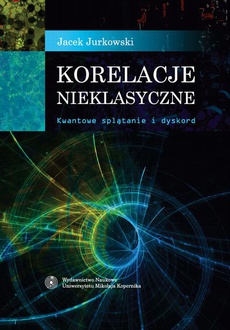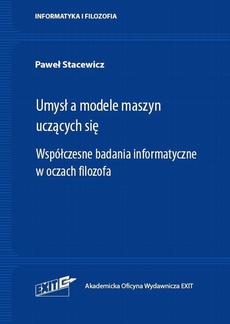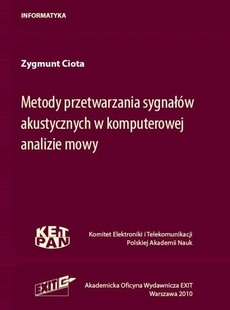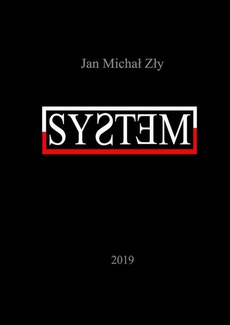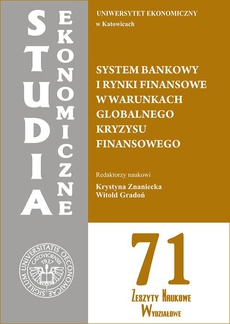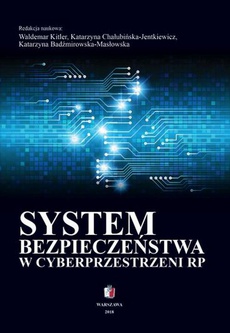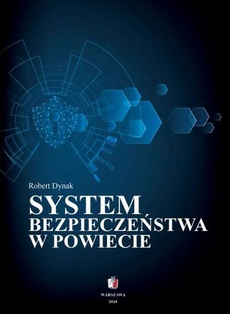POLECAMY
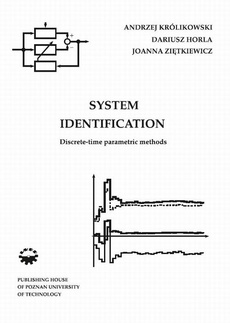
-33%
System Identification. Discrete-time parametric methods
Wydawca:
Format:
pdf, ibuk
Podręcznik jest materiałem pomocniczym przygotowanym na potrzeby wykładów i ćwiczeń laboratoryjnych z przedmiotu identyfikacja obiektów sterowania prowadzonych na kierunku automatyka i robotyka. Przedstawiono w nim podstawowe metody i algorytmy identyfikacji liniowych dynamicznych obiektów jednowymiarowych z różnorodnymi torami zakłóceń. Omówiono algorytmy estymacji parametrów modelu w układzie otwartym, zwracając uwagę na problemy i warunki estymacji prowadzonej w trakcie sterowania. Duża część omówionych algorytmów została zbadana z zastosowaniem symulacji cyfrowej za pomocą pakietu Matlab.
| Rok wydania | 2020 |
|---|---|
| Liczba stron | 130 |
| Kategoria | Inne |
| Wydawca | Wydawnictwo Politechniki Poznańskiej |
| ISBN-13 | 978-83-7775-579-2 |
| Numer wydania | 1 |
| Język publikacji | angielski |
| Informacja o sprzedawcy | ePWN sp. z o.o. |
Ciekawe propozycje
Spis treści
| Preface | 7 |
| 1. Introduction 9 | |
| 1.1. The concept of system identification | 9 |
| 1.2. Classification of identification methods | 12 |
| 2. Systemmodels | 13 |
| 2.1. Introduction | 13 |
| 2.1.1. Discrete-time models | 13 |
| 2.1.2. Discretisation using the zero-order hold method | 14 |
| 2.1.3. Tustin’s method | 15 |
| 2.1.4. Finite difference method | 15 |
| 2.2. Deterministic models | 16 |
| 2.2.1. FIR model | 16 |
| 2.2.2. ARMA model | 17 |
| 2.2.3. State-space model | 19 |
| 2.3. Stochastic models | 23 |
| 2.3.1. ARMAX and ARIMAX models | 23 |
| 2.3.2. ARX and ARIX models | 24 |
| 2.3.3. Output error model | 26 |
| 2.3.4. State-space model | 27 |
| 2.4. Bounded noise models29 | |
| 2.4.1. Model with simple disturbance input | 30 |
| 2.4.2. Model with compound disturbance input | 30 |
| 2.4.3. State-space mode l31 | |
| 2.5. Model properties | 32 |
| 2.5.1. Controllability, reachability, observability and detectability | 32 |
| 2.5.2. Identifiability | 33 |
| 3. Direct estimationmethods | 35 |
| 3.1. Introduction | 35 |
| 3.2.Order of persistent excitation | 36 |
| 3.2.1. Definition | 36 |
| 3.2.2. Order of persistent excitation of typical signal | 37 |
| 3.2.3. Persistent excitation and parameter estimation | 38 |
| 3.3.Deterministic models and the least-squares method | 39 |
| 3.4. Stochastic models and the least-squares method | 40 |
| 3.4.1. Least-squares method for stochastic models | 40 |
| 3.4.2. Weighted least-squares method | 48 |
| 3.4.3. Bias-eliminated least-squares method | 48 |
| 3.4.4. Instrumental variables method | 51 |
| 3.4.5. Maximum likelihood method | 52 |
| 3.5. Bounded noise models and the least-squares method | 55 |
| 3.6.Model order estimation | 56 |
| 4. Recursive estimationmethods | 58 |
| 4.1. Introduction | 58 |
| 4.2. Deterministic models | 58 |
| 4.2.1. Least-squares method | 58 |
| 4.2.2. Projection method | 62 |
| 4.2.3. Modified projection method | 62 |
| 4.2.4. Modified projection method for prediction model | 64 |
| 4.2.5. Modified least-squares method for prediction model | 64 |
| 4.3. Stochastic models | 65 |
| 4.3.1. Least-squares method | 65 |
| 4.3.2. Bias-eliminated least-squares method | 65 |
| 4.3.3. Kalman filter method | 67 |
| 4.3.5. Instrumental variables method | 67 |
| 4.3.6. Extended least-squares method | 68 |
| 4.3.7. Maximum likelihood method | 68 |
| 4.3.8. Extended Kalman predictor | 69 |
| 4.3.9. Second-order filter | 71 |
| 4.4. Bounded noise models | 72 |
| 4.4.1. Least-squares method | 72 |
| 4.4.2. Least-squares method for prediction model | 73 |
| 4.4.3. EW-RLS algorithm | 74 |
| 4.4.4. MVSA algorithm | 74 |
| 4.4.5. Fixed dead zone method | 75 |
| 4.4.6. Projection method with dead zone | 6 |
| 4.5. Recursive estimation of the order and parameters | 78 |
| 4.5.1. Introduction | 78 |
| 4.5.2. Preliminary assumptions | 79 |
| 4.5.3. Recursive estimation of the degrees and coefficients | 80 |
| 4.5.4. Recursive algorithm for the simultaneous degrees and parameters estimation | 83 |
| 4.6. Model delay estimation | 86 |
| 5. Time-variant systemidentification | 89 |
| 5.1. Introduction | 89 |
| 5.2. Weighted least-squares method | 90 |
| 5.3. Forgetting factor and windup in estimation | 90 |
| 5.4. Modifications of recursive least-squares method | 92 |
| 5.4.1. Investigation of persistent excitation condition | 92 |
| 5.4.2. Adaptation to noise | 94 |
| 5.4.3. Robust estimation | 95 |
| 6. Closed-loop systemidentification 97 | |
| 6.1. Introduction | 97 |
| 6.2. Example of first-order inertia system | 97 |
| 6.3. General conditions for identifiability | 98 |
| 6.4. Identifiability of LQG control system | 99 |
| 6.5.Model order estimation in a closed-loop system | 101 |
| 7. Selection of excitationsignal | 103 |
| 7.1. Introduction | 103 |
| 7.2. FIR model | 103 |
| 7.3. ARX bounded noise model | 104 |
| 7.4. Stochastic ARX model | 107 |
| 7.5. Selection of excitation signal and uniqueness of estimation | 107 |
| 8.Multivariable systemidentification | 109 |
| 9. Case study – simple identificationexperiment | 119 |
| 9.1.Analitical method | 119 |
| 9.2. The ’real’ experiment | 120 |
| 10. Experiment implementationinMatlab 123 | |
| 10.1. Parameter estimation | 123 |
| 10.2. Creating model structure | 124 |
| 10.3. Model conversion | 125 |
| 10.4. Selected additional functions | 125 |
| 10.5. Simulink | 125 |
| Summary | 126 |
| References | 127 |












